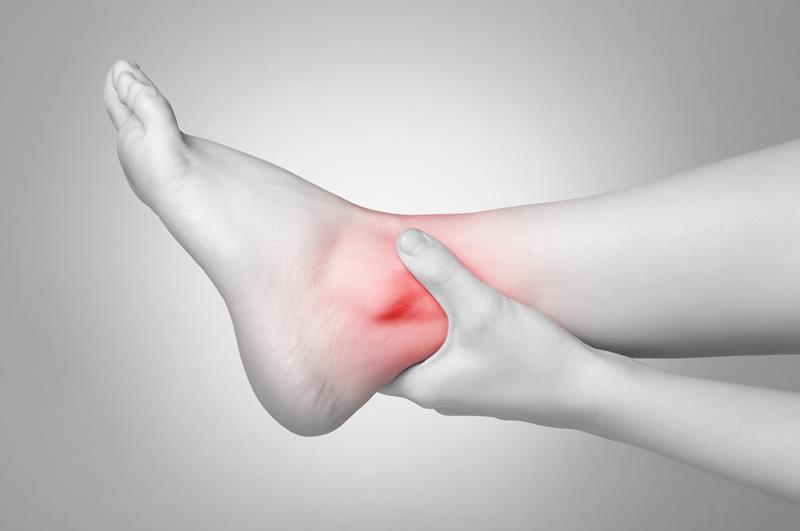Foot and ankle problems can disrupt daily life. Podiatrists, or foot and ankle specialists, undergo years of training, including podiatric medical school and residency, to treat conditions affecting the lower extremities. Their expertise spans biomechanics, sports medicine, surgery, and care for a wide range of conditions, from common injuries to complex deformities. Understanding their approach can help patients be prepared for consultations.
Diagnostic Techniques
The diagnostic process with foot and ankle specialiststypically begins with a thorough medical history and a comprehensive physical examination. Specialists gather information about symptoms, activity levels, past injuries, and family medical history to narrow down potential diagnoses and recommend further testing. During the physical exam, the foot and ankle specialist evaluates the foot and ankle structure, assesses range of motion, checks muscle strength, observes gait patterns, and identifies areas of tenderness or swelling.
Advanced imaging studies help examine internal structures in detail. X-rays are ideal for assessing bone alignment, fractures, and joint changes, while MRIs provide detailed views of soft tissues, such as tendons and ligaments. For specific conditions, such as neuropathy or stress fractures, additional tests, including nerve conduction studies, bone scans, or laboratory tests, may be required.
Treatment Approaches
Many foot and ankle conditions respond well to non-surgical treatments. These often begin with activity modification and rest to allow tissues to heal. Specialists typically recommend exercises to improve strength, flexibility, and balance during recovery. Orthotic devices, like custom orthotics or inserts, can help redistribute pressure and correct biomechanical issues. They also provide necessary support.
Proper footwear is key to healing and preventing future problems. Physical therapy plays a key role in addressing muscle imbalances and improving the range of motion. It helps patients resume daily activities more effectively. Therapists teach proper movement patterns and provide education on injury prevention and management. They also use manual therapy techniques to reduce pain and improve joint mobility.
Surgical Interventions
Surgical treatment is often needed when conservative methods fail to provide relief. It is also required when structural issues demand correction. Foot and ankle specialists perform procedures ranging from minimally invasive techniques to complex reconstructive surgeries. These interventions aim to restore function, reduce pain, and address deformities or damage that non-surgical methods cannot manage.
Arthroscopic surgery offers a minimally invasive way to visualize and treat joint problems using small incisions. This approach accelerates recovery and minimizes scarring compared to open procedures. Surgeons commonly use it to remove loose bodies, repair damaged cartilage, and treat impingement syndromes. It effectively addresses many joint-related conditions.
Reconstructive surgeries treat severe deformities or advanced arthritis that affect mobility and quality of life. Joint fusion procedures stop painful movement by fusing bones. Joint replacements are used in cases of severe arthritis. Tendon repairs or transfers restore function when tendons are torn or damaged. Advances in fracture repair, like internal fixation with plates, screws, or pins, have improved recovery times. External fixation is used for complex or contaminated fractures.
Meet with Foot and Ankle Specialists Today
Visiting a foot and ankle specialist early can prevent minor issues from developing into serious complications. Treating problems early improves results and speeds up recovery. Specialists treat both immediate symptoms and long-term foot health issues. If you experience ongoing pain, swelling, or difficulty with daily activities, schedule an appointment for a proper diagnosis and personalized treatment.









Leave a Reply